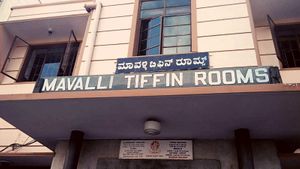“We were hesitant when we took the first step outside our flagship restaurant. We weren’t sure how diners would respond,” says Hemamalini Maiya, who is part of the third generation of the MTR family that has spearheaded the growth story of one of South India’s best known restaurant brands along with her siblings. London is the newest location in MTR’s global footprint and is the brand’s first restaurant outside Asia. “Our expansion strategy outside Bengaluru has been organic and mostly unplanned. It’s been driven by the goodwill of the MTR brand”. And that goodwill wasn’t generated overnight.
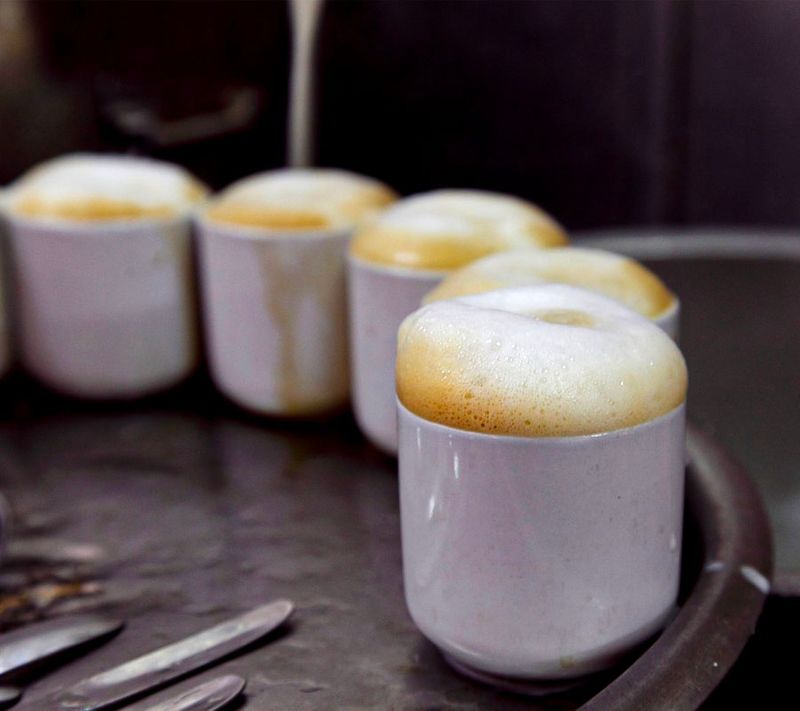
If you’re from Bengaluru, you’re likely to be familiar with the MTR story. It all began in 1924 (it’s why the brand is officially known as MTR 1924) when three enterprising brothers moved from a sleepy hamlet near Udupi to set up a small eatery in Bengaluru. It was Yagnarayana Maiya or Yagnappa who took the lead among the siblings and set the stage for the MTR brand as we know it today. He rejigged the service standards with an emphasis on hygiene and customer focus after an extensive tour of Europe in the 1950s. Yagnappa rebranded the restaurant as ‘Mavalli Tiffin Rooms’ or MTR after the locality it was situated in. The move to the iconic Lalbagh Road location happened in 1960. It soon became one of the city’s most sought-after dining destinations.
A love affair with MTR

I remember how my grandparents would have to wait for weeks to score a table at MTR in the 1980s. It was here that I fell in love with their trademark masala dose as a kid and tried a rava idli for the first time. The rava idli is one of the many fascinating legends that add to the MTR story. Yagnappa experimented with rava during the Second World War when rice was in short supply—the rava idli was discovered almost by necessity. It remains one of the restaurant’s bestsellers and the one dish I always order.
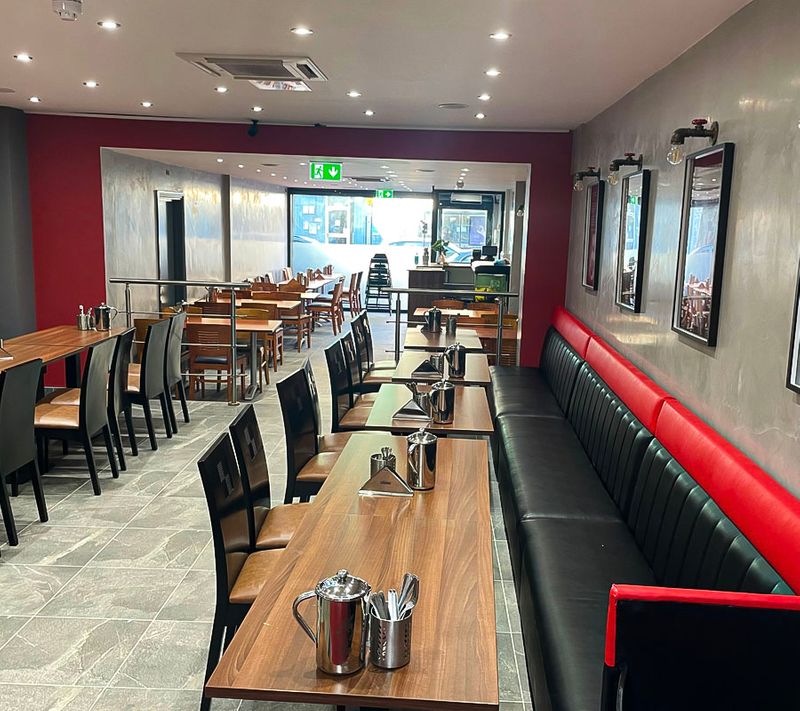
MTR developed a cult following over the decades just like many of Bengaluru’s other homegrown restaurants. Many of these diners would make the trip to Lalbagh Road every weekend for the masala dose or a strong cup of filter coffee. This was a time when Bengaluru’s traffic moved at a faster pace before the IT and start-up boom changed the city’s demographics. Hemamalini Maiya and her brothers—Vikram and Arvind—took up the baton from their father Harishchandra Maiya in 1999, almost at the same time when Bengaluru entered the IT super-highway. The family business split into the instant foods business that is well known across India and the restaurant business. Harishchandra Maiya had resisted expansion opportunities choosing to remain a single-restaurant brand. That changed in 2004.
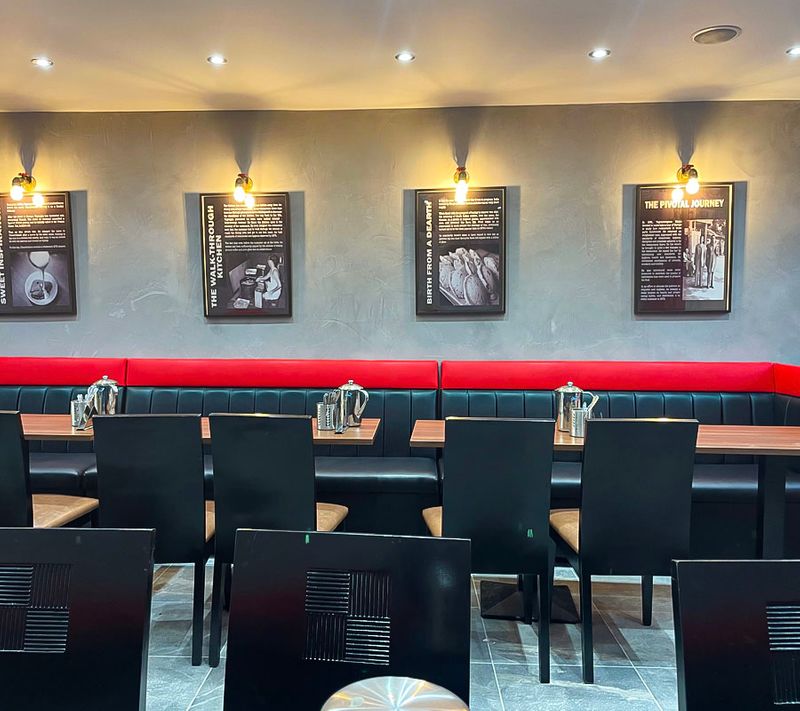
"It started as trial and error. We weren’t entirely sure if our regulars kept coming back only for the food or whether there was some other X-factor,” says Hemamalini about their decision to open their first branch in Bangalore in 2004. They realised that it was the food that was the star. “Diners came back because they wanted the same dosa they had at the ‘main’ MTR at a location that’s closer to them”. Although I have so many childhood memories at the Lalbagh Road restaurant, MTR’s Indiranagar and St. Mark’s Road branches are now my preferred spots. “We had to reach out to our diners and keep up with the explosive growth of the city. We’ve retained the authenticity of our dishes. The kitchen is the heart and soul of our brand”
From Bengaluru to London
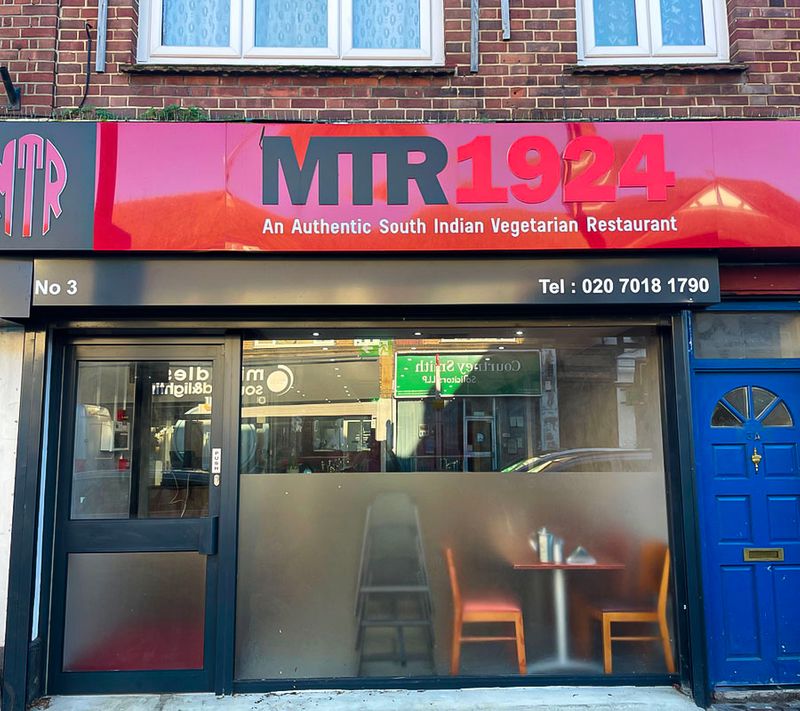
Hemamalini admits that many of the old-timers still swear by the first restaurant. For them, it’s not just the food but the ambience and the overall experience. But for most of the younger diners and people who have moved to Bengaluru over the last couple of decades, it’s the food. Hemamalini remembers running into Shashi Kapoor at the main restaurant many years ago. It’s not just the Kapoors, MTR has also been a favourite with the Raj Kumars, the first family of the Kannada film industry. Narayana Murthy and Anil Kumble are also among the restaurant’s popular patrons.
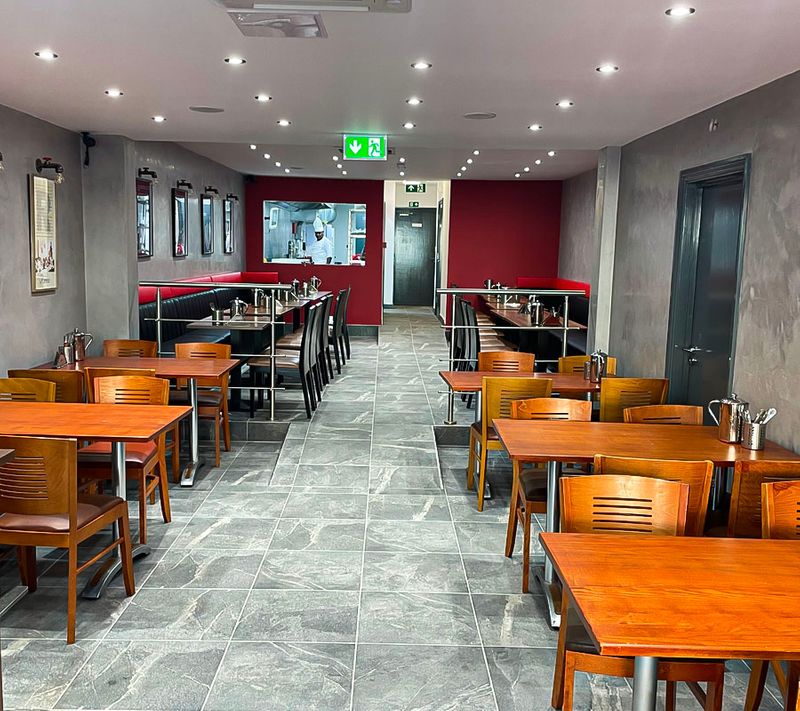
Each of the MTR 1924 restaurants has storyboards that summarise the MTR journey and help the newer generations of diners make a deeper connection with the brand’s legacy. MTR has also leaned on standardisation just like many international restaurant chains as it has expanded. “We have removed inconsistencies with extensive training and standardising masalas. It’s no longer left to the whims and fancies of the chefs”. It’s this process that has helped retain the same flavours even as it has expanded outside India. MTR will continue to operate its own restaurants in India and will debut in other Indian metros when they believe the time is right.

MTR opted for a franchise arrangement solely for its international expansion that began with Singapore almost a decade ago. After Dubai and Malaysia, MTR arrived in the Harrow neighbourhood of London with the same casual dining experience. This area is home to quite a few South Indian restaurant brands like Saravana Bhavan. Hemamalini believes that MTR’s unique Karnataka flavours and signature dishes like the bisibele bhath and refreshing filter coffee will help it carve a niche in London. The London debut comes at a time when South Indian cuisine has finally got its due on the global culinary stage.
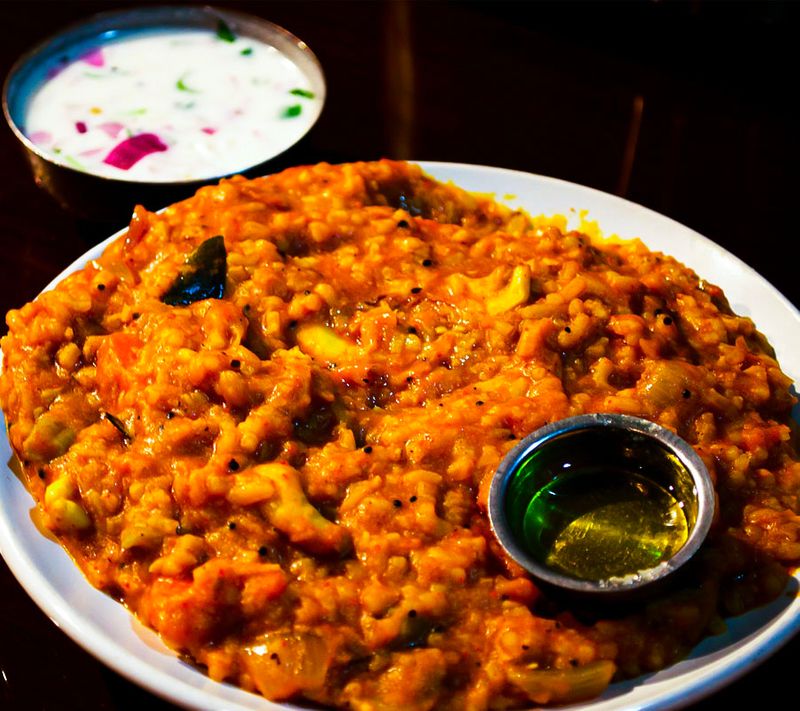
MTR 1924 London is at 3 Village Way E, Rayners Lane, Harrow HA2 7LX, UK. Phone: +44 20 7018 1790



